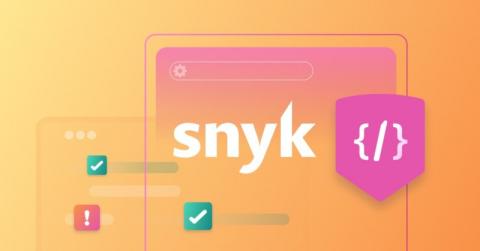AI-generated security fixes in Snyk Code now available
Finding and fixing security issues in your code has its challenges. Chief among them is the important step of actually changing your code to fix the problem. Getting there is a process: sorting through security tickets, deciphering what those security findings mean and where they come from in the source code, and then determining how to fix the problem so you can get back to development. Not to worry — AI will take care of everything, right?










